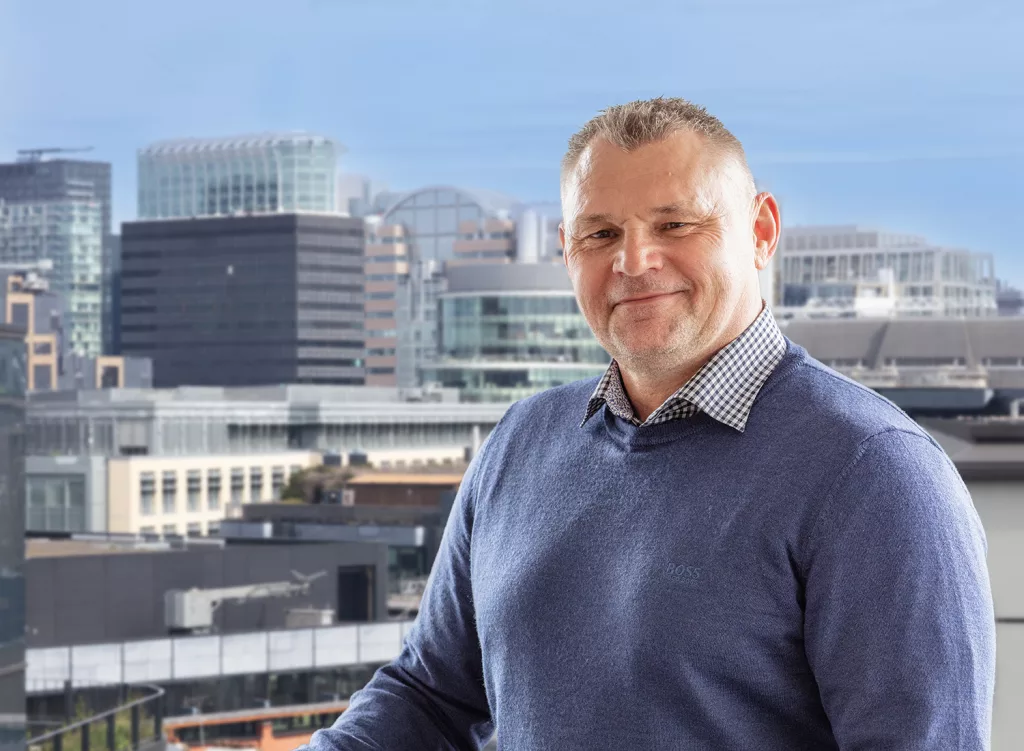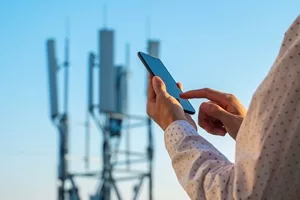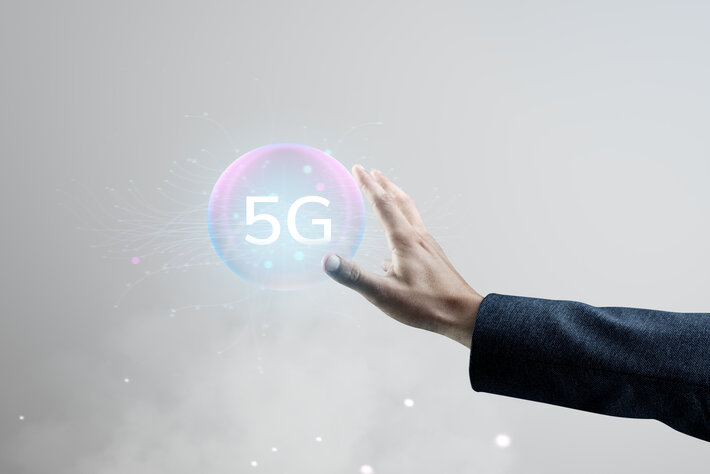5G could be a transformative technology but it will be some time before it realises its potential. Between its current state and its future potential lie a number of problems which are currently frustrating the further development of 5G networks. One of the most potent are the literal geographical obstacles that hamstring 5G availability, says Phil Thompson, VP, client partner executive, Spirent Communications.
In many places, a true 5G signal is hard to find. According to data from the Global System for Mobile Communications (GSMA), only three European countries (Switzerland, Greece and Cyprus) boast 5G coverage of greater than 40%. Another report by OpenSignal revealed that UK mobile users are only connected to a dedicated 5G network 10% of the time, placing the UK as 39th of 56 countries for 5G availability. Much of that lack of coverage has to do with the geography and localised issues that telecoms operators face during the development of their own 5G networks.
5G signals struggle with distance
5G’s basic promise is the incredible power of its signal. At its height, 5G can reach download speeds of around 10 gigabytes per second, many multiple times faster than previous generations. That very potential is the thing that will empower the myriad use cases that 5G is meant to deliver. However, that signal uses a different kind of wave than previous generations: millimeter waves. While that millimeter wave can carry data faster and more effectively, it can’t take it nearly as far. 4G signals can travel around 10 miles, but 5G signals can only travel a small fraction of that.
The higher the frequency of the millimeter wave, the greater the signal loss over distance. The distance a 5G signal can travel has a number of downstream effects. The first is that many 5G deployments use a weaker signal that can travel further. 5G’s strongest signals operate in the high range and many telecom operators such as T-Mobile in the US have opted to deploy their networks in the low band frequencies which provide greater range, but less power.
The second is that 5G requires around three times as many base stations as 4G LTE (long-term evolution). This introduces all kinds of extra capital expenditures and makes infrastructure construction a more intensive requirement for 5G deployment.
Weather, buildings and other geographical obstacles
Millimeter waves are also highly susceptible to adverse weather conditions. Rain, dust, fog and sand can frustrate, mitigate and otherwise weaken 5G signals by literally blocking the passage of millimeter waves.
As these millimeter waves travel from their source to their destination, there is a natural amount of atmospheric absorption by oxygen and water. However, when various weather effects are added those signals can be diffracted and further attenuated. For example, dust and sand is reportedly one of the major obstacles in the way of wireless communications in space, where microwave and millimeter wave signals are used.
Fog and clouds can also become problems as signal loss rises with atmospheric water density. Rain, however, is one of the biggest obstacles to millimeter wave transmission, facing significant loss over 100 GHz and greater levels of loss in particularly rainy areas. As such, higher frequency millimeter wave signals are often considered unsuitable for outdoor communications.
Geographic obstacles such as buildings, trees and mountains can also disrupt these signals. When millimeter wave signals hit hard surfaces such as buildings, they can be scattered. Where they hit smooth surfaces, signals can be reflected and where they hit sharp edges, the waves can scatter and diffuse.
Local politics
Building 5G infrastructure is not as simple as putting down stakes wherever and whenever required. Telecom operators have to deal with myriad political and bureaucratic factors which bog the process down. Planning permission is one of the key obstacles that hold up these projects. These applications must be made with local authorities after which they are closely inspected, evaluated, and opened up to the public for comment. Failed planning permission applications are the cause of more than one frustrated 5G project.
While large telecom operators might seem to be above local political squabbles, these opportunities for public commentary and protest are a key point of failure for many 5G construction projects. Political opposition to 5G runs the gamut from simple protests to local political lobbying to actual violence. The GSMA claims that there have even been 221 arson attacks against 5G infrastructure in recent years, mostly in the UK and France. Meanwhile, grassroots activism and petitioning have successfully delayed or stopped many 5G construction projects around the world.
Many communities often have legitimate concerns around the construction of towers near their homes, often complaining that they weren’t adequately informed or that the construction will affect their quality of life. However, conspiracy theories have always trailed 5G and these, quite predictably, cause deployment issues when trying to roll out new cell towers or base stations. Many complain that 5G causes cancer, weakens the immune system and was a direct cause of the global covid crisis, while others say that 5G cell towers form the infrastructure for government surveillance schemes or “directed energy weapons.” These theories are often wildly misinformed and seem easily dismissible, but they’re subscribed to by a number of committed groups.

In the context of local politics, activism can be particularly effective as they organise communities against individual local planning projects to lobby local politicians as their direct constituents. These efforts can be particularly pernicious, frustrating deployment of crucial 5G infrastructure, if not stopping it entirely, while draining precious funds for construction.
People won’t appreciate the bureaucratic hurdles, planning issues, construction efforts, literal physical obstacles or even the sheer distance that it takes to bring them a 5G signal. For most consumers, the presence of a 5G signal will only be revealed by a small icon in the top right of their phone screen. However, 5G availability will still be a crucial difference in their consumption choices and telecom operators’ ability to overcome these geographical challenges will be a key decider in the success or failure of their 5G networks.
The author is Phil Thompson, VP, client partner executive, Spirent Communications.
Comment on this article below or via Twitter: @VanillaPlus OR @jcvplus






